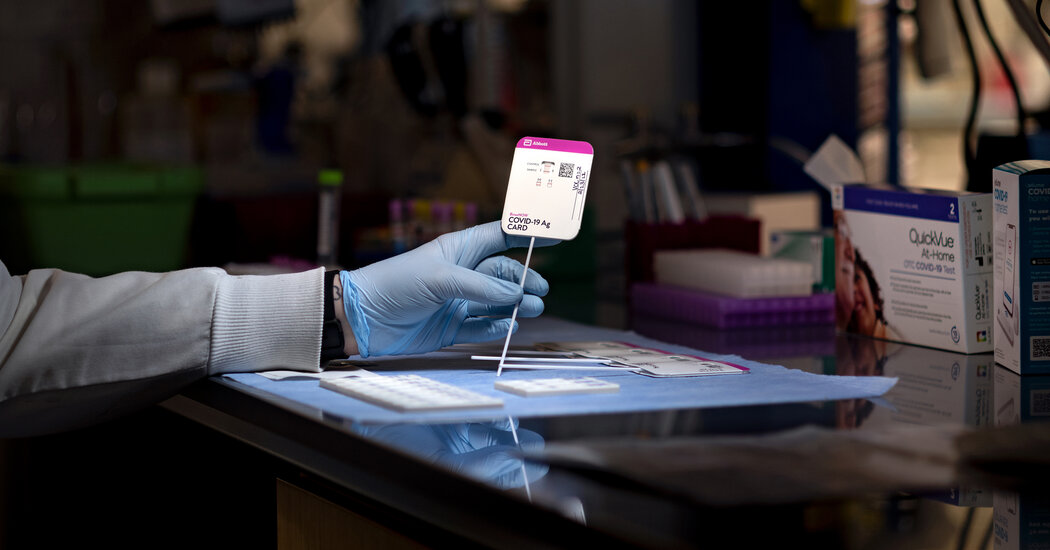
Researchers also assessed the user-friendliness of each product. “You want to make sure that nothing requires too much force, make sure that it’s easy to grasp, grip,” said Sarah Farmer, managing director of Georgia Tech’s HomeLab. “Let’s streamline it where possible, cut down steps where possible.”
Maxim Biomedical, a Maryland-based company that makes a rapid antigen test, added a test-tube stand after researchers noticed that users could not set the liquid-filled, round-bottomed tube down on a table. “Their data played a big part in our development and optimization of the test,” said Jonathan Maa, the company’s chief operating officer. (The company hopes to use what it learned to design other consumer-friendly tests, he said.)
To identify tests that could be scaled up quickly, the researchers also rated the “technology readiness” of each test. Some otherwise promising breath-based devices performed poorly on this measure. “When we looked at them, they really were not mature enough to succeed,” Dr. Martin said.
They also took each test apart to look for potential manufacturing problems. Some products seemed slapdash, with pieces glued together, while others were too complex to be produced by the millions. “We saw tests that tried to shrink the whole lab, basically, in a very, very small form factor,” Dr. Brand said. “From an engineering point of view, amazing.” But, he added, “you cannot do that on scale.”
Companies often adjusted their products in response to the scientists’ reports. The Atlanta team frequently “gave the key feedback to the companies that allowed them to change their platforms and make them really successful,” Dr. Tromberg said.
By late 2020, several tests that had survived the Atlanta gauntlet had been authorized by the F.D.A., including the first at-home, over-the-counter Covid test, made by the Australian company Ellume.
“We thought we were done,” Dr. Lam said. Then the Alpha variant took off: “We had to restart.”




